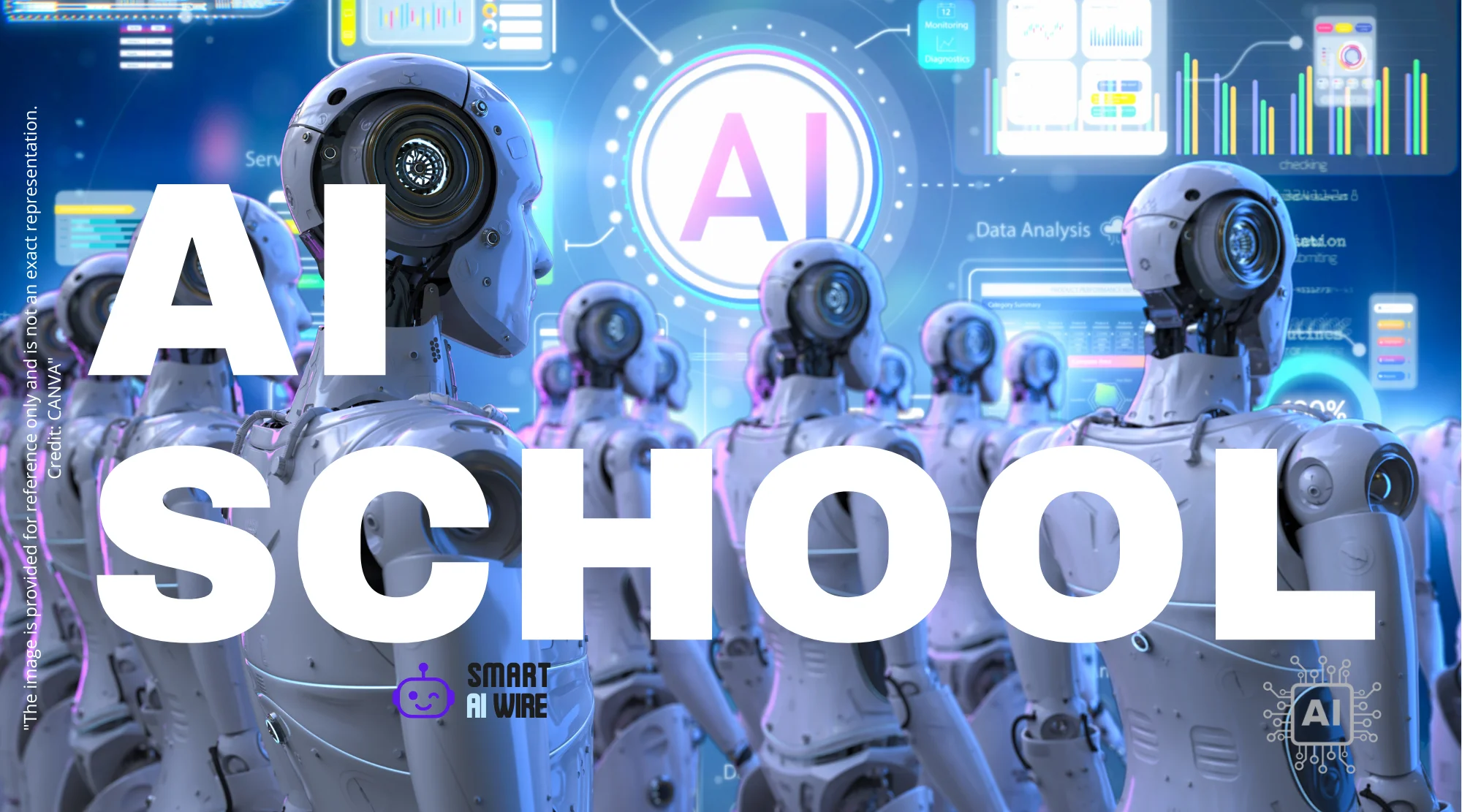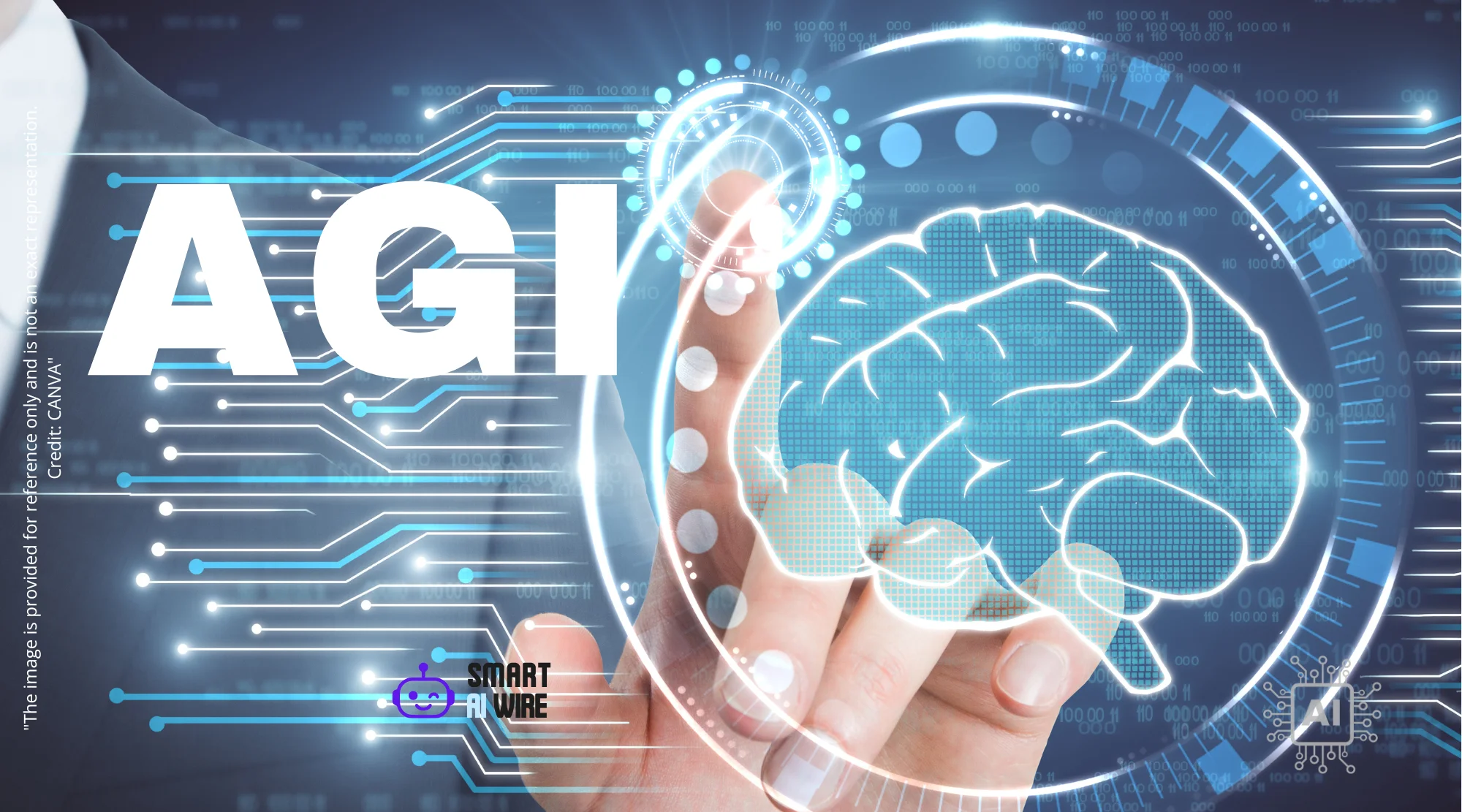The landscape of artificial intelligence is rapidly evolving, presenting both immense opportunities and complex challenges. As AI technologies mature, their integration into various sectors, from everyday consumer products to critical industrial applications, becomes more profound. This constant innovation necessitates a deeper understanding of the underlying principles, emerging trends, and practical implications for businesses and individuals alike. Staying informed is no longer a luxury but a strategic imperative in navigating this dynamic field.
The Expanding Reach of AI: From Everyday Convenience to Industrial Might
Artificial intelligence is no longer a futuristic concept confined to research labs. Its presence is increasingly felt across a spectrum of applications, impacting how we work, communicate, and interact with the world. From sophisticated algorithms powering recommendation engines on streaming platforms to advanced robotic systems in manufacturing, AI’s influence is pervasive. The democratization of AI tools is accelerating this adoption, making powerful capabilities accessible to a broader audience. This widespread integration fuels the demand for understanding the core technologies and their real-world impact.
The journey of AI from niche academic pursuit to a transformative force in global industries is marked by significant advancements. Early AI systems, often focused on symbolic reasoning and rule-based logic, laid the groundwork. The advent of machine learning, and particularly deep learning, revolutionized the field by enabling systems to learn from vast amounts of data. This paradigm shift has led to breakthroughs in areas like natural language processing, computer vision, and predictive analytics.
Consider the evolution of AI in creative industries. Tools that can generate text, images, and even music are transforming the creative process. Platforms like Google AI Studio are enabling users to turn simple text prompts into stunning 3D models, opening up new avenues for designers and developers. Similarly, AI image generators are challenging traditional creative workflows, as seen with ByteDance’s Seedream 4.0. This move towards generative AI is a testament to the rapid progress in AI’s ability to understand and create complex outputs.
Beyond creative applications, AI is fundamentally reshaping industries. In healthcare, predictive tools powered by AI are enhancing the resilience of supply chains, ensuring timely delivery of critical medical supplies. This is vital in mitigating disruptions and improving patient care. The ability of AI to analyze complex data patterns allows for more accurate forecasting and proactive problem-solving, a critical advantage in today’s unpredictable global environment.
The business world is also experiencing a significant AI-driven transformation. AI tools are revolutionizing product management, boosting productivity and enabling more strategic decision-making. From optimizing marketing campaigns to streamlining customer service, AI applications offer tangible benefits. Companies that effectively leverage these tools gain a competitive edge, enhancing operational efficiency and driving innovation.
Navigating the Nuances: Understanding AI’s Core Components and Challenges
As AI systems become more sophisticated, so too does the need to understand their fundamental building blocks and potential pitfalls. At the heart of many advanced AI systems, particularly those dealing with language, are concepts like tokens and embeddings. Tokens are the basic units of text that AI models process, while embeddings represent these tokens as numerical vectors in a multi-dimensional space. This numerical representation allows AI to grasp the semantic relationships between words and concepts, forming the basis of its understanding and generation capabilities. Understanding Tokens and Embeddings Explained: The Core of AI Language Understanding provides a foundational insight into how these systems “think.”
However, the complexity of AI also introduces challenges. One of the most discussed issues is the phenomenon of “AI hallucinations,” where models generate incorrect or nonsensical information. OpenAI has acknowledged training flaws that contribute to this problem and is actively working on potential fixes. This highlights the ongoing research and development required to ensure AI reliability and trustworthiness. For AI enthusiasts and developers, understanding and mitigating these flaws is crucial for building robust and dependable AI applications. You can explore this further in AI Hallucinations: OpenAI Reveals Training Flaw & Potential Fix.
The ethical implications of AI are also a critical area of discussion. As AI chatbots become more prevalent, particularly in interactions with younger users, safeguarding measures are under scrutiny. Meta’s efforts to implement new safeguards for youth protection on its AI chatbots underscore the industry’s growing awareness of these responsibilities. Responsible AI development must prioritize user safety and privacy alongside innovation.
Furthermore, the impact of AI on the workforce is a subject of ongoing debate and concern. Reports of AI-driven job cuts, while often accompanied by the creation of new roles, necessitate a proactive approach to workforce adaptation. Understanding the future of work in the age of AI involves acknowledging the potential for displacement while simultaneously focusing on reskilling and upskilling initiatives. The evolving job market requires continuous learning and adaptability.
AI’s Transformative Impact on Industries and Governance
The application of AI extends far beyond the digital realm, influencing physical industries and even governmental structures. In the automotive sector, companies like Tesla are integrating AI not only into their electric vehicles for autonomous driving but also into their energy solutions. Navigating the complexities of EV market headwinds while leveraging AI for future growth demonstrates a strategic foresight crucial for long-term success.
The financial sector is also seeing a significant AI infusion. AI-powered predictive tools are being used for fraud detection, risk management, and algorithmic trading, fundamentally altering how financial institutions operate. The ability of AI to process and analyze massive datasets in real-time provides an unprecedented advantage in identifying trends and mitigating risks.
On a global scale, governments are beginning to recognize the strategic importance of AI. Albania’s appointment of Diella as its AI Minister is a landmark decision, signaling a commitment to integrating AI into governance and national strategy. This move reflects a broader trend of countries seeking to harness AI for economic development and public service improvement. The establishment of dedicated governmental roles for AI underscores its growing influence in shaping policy and societal direction.
The retail sector is another area ripe for AI-driven innovation. From optimizing inventory management to personalizing customer experiences, AI tools are revolutionizing how businesses connect with consumers. AI-powered analytics can provide deep insights into customer behavior, enabling targeted marketing and product development. For those seeking to enhance their retail operations, exploring Top AI Business Applications 2025: Revolutionize Your Operations Now can offer valuable strategies.
Empowering Professionals and Consumers with AI Tools
The proliferation of AI tools is empowering professionals across various disciplines to enhance their productivity and creativity. In academia, AI tools like ChatGPT, when used strategically, can assist students in mastering academic writing and achieving better grades. Learning to craft effective prompts is key to unlocking this potential, as explored in articles like Master Academic Writing: Proven ChatGPT Prompts for Top Grades.
For product managers, AI offers a suite of essential tools that can revolutionize their workflow. From market analysis to project prioritization, AI can automate mundane tasks and provide data-driven insights, allowing professionals to focus on strategic initiatives. The integration of AI into product management processes is not just about efficiency; it’s about achieving better outcomes. Discover more about this in AI-Driven Product Management: Master Your Strategy and Boost Outcomes.
Consumer regulators are also benefiting from AI’s capabilities. AI is revolutionizing product safety by enabling more sophisticated monitoring and enforcement mechanisms. The ability to analyze vast amounts of consumer feedback and incident reports helps regulators identify emerging risks and take proactive measures to protect the public.
Even in niche areas like product photography, AI is making a significant impact. AI-powered tools can enhance image quality, remove backgrounds, and even generate product mockups, helping businesses create stunning visuals that drive sales. Exploring the Best AI Tools for Product Photography: Boost Sales with Stunning Visuals can offer practical solutions for e-commerce businesses.
Furthermore, platforms like Google AI Plus are making advanced AI features more accessible, democratizing the use of powerful AI models for a wider audience. This accessibility fosters innovation and experimentation, allowing individuals and smaller businesses to leverage cutting-edge technology.
The Future of AI: Continuous Innovation and Societal Integration
The trajectory of artificial intelligence points towards continuous innovation and deeper societal integration. As AI models become more capable and accessible, their potential applications will continue to expand. The development of more advanced generative AI, coupled with breakthroughs in areas like AI reasoning and common sense, promises to unlock even greater possibilities.
The economic impact of AI will likely be substantial, driving productivity growth and creating new industries. However, it will also necessitate significant societal adjustments, particularly in the labor market. Governments, educational institutions, and businesses must collaborate to ensure a smooth transition, focusing on lifelong learning and equitable distribution of AI’s benefits.
The ethical considerations surrounding AI will remain paramount. As AI systems become more autonomous and influential, robust frameworks for ethical development and deployment will be crucial. Transparency, accountability, and fairness must be at the forefront of AI innovation.
Ultimately, artificial intelligence is not just a technological advancement; it is a force shaping the future of humanity. By staying informed, understanding its core principles, and actively engaging with its development and deployment, we can collectively steer AI towards a future that is both innovative and beneficial for all. The rapid advancements in areas like 3D model generation from photos using tools like Google AI Studio: 2D Photos to Stunning 3D Models w/ Prompts and the ongoing exploration of AI’s potential in diverse fields highlight that the journey of AI is just beginning.




3 thoughts on “AI Revolution: Decoding the Future of Intelligence and Innovation”